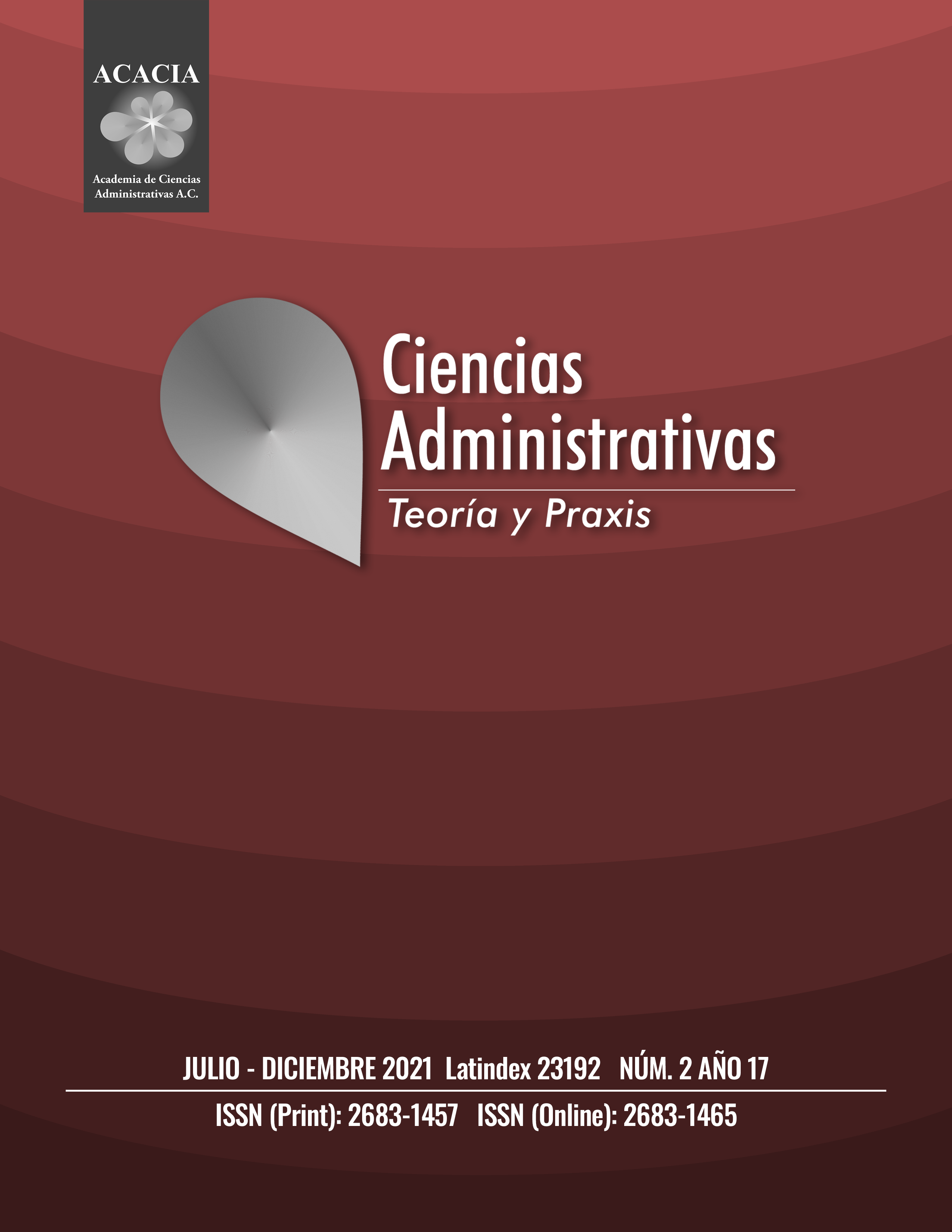Is it possible to handle the COVID-19 crisis in Mexico with the current monetary and fiscal policies?
DOI:
https://doi.org/10.46443/catyp.v17i2.284Keywords:
Fiscal policy, Monetary policy, Public investment, Economic growth, COVID-19Abstract
This paper aims to show that the monetary and fiscal policies implemented in the Mexican economy are not adequate to handle crisis periods, such as the one being observed because of the COVID-19 pandemic. On the one hand, although the monetary policy of the Bank of Mexico responds to its objective of maintaining low and stable inflation, it is also subject to the monetary policy of the United States. Given the weakness of the Mexican financial system and the free capital flows, there is a floor above zero for the interest rate target, which has prevented the interest rate from being negative in crisis periods. On the other hand, the equilibrated budget policy has been accompanied by a progressive decrease in public investment, which is the key tool to stabilize economic activity and growth. Both characteristics, the impossibility of setting a negative real interest rate and the drop in public investment as a percentage of GDP, have caused the Mexican economy to deviate from its trend level of production during periods of crisis and also to adapt to a lower growth trend.

Published
How to Cite
Issue
Section
License

This work is licensed under a Creative Commons Attribution-NonCommercial-NoDerivatives 4.0 International License.















